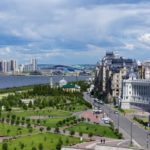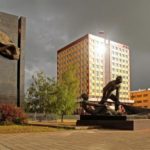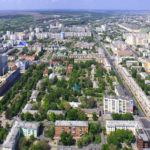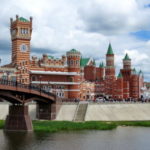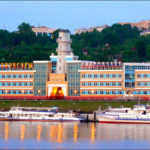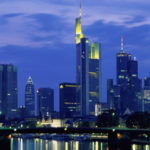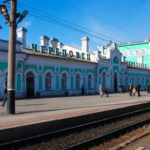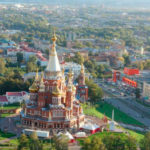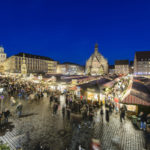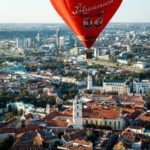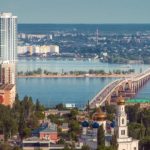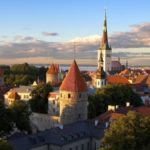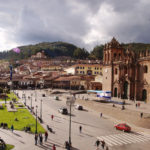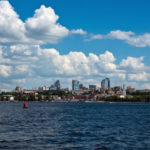Interesting facts about Budapest
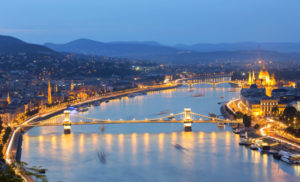 Hungarian capital Budapest is a surprisingly beautiful city. No, in Europe many cities can be called beautiful, but in Budapest, formed as a result of the merger of three smaller cities, interesting places and a lot of truth. If you go here for the first time – allocate at least a week for walks around the city, otherwise you will not be able to visit all the places that deserve attention.
Hungarian capital Budapest is a surprisingly beautiful city. No, in Europe many cities can be called beautiful, but in Budapest, formed as a result of the merger of three smaller cities, interesting places and a lot of truth. If you go here for the first time – allocate at least a week for walks around the city, otherwise you will not be able to visit all the places that deserve attention.
In the I century BC on the site of Budapest there was a large settlement of the Celts Ak-Inc.
Budapest emerged at the end of the 19th century as a result of the unification of three cities: Obudy, Budy and Peshta, located on different banks of the Danube.
In 1896, Budapest began to transport passengers the first subway in continental Europe.
Budapest Airport in 2011 was named after the outstanding composer Franz Liszt.
The tram routes of Budapest are the busiest on the planet. In the “rush hour” wagons arrive at stops with an interval of 60-90 seconds.
The trams of Budapest are also the longest in the world. 40 low-floor trains run around the city, each of which has a length of almost 54 meters.
Funicular “Shiklo” with a path length of 100 meters began work in 1870 and was initially driven by a steam engine.
In Budapest there is a children’s railway, which allows children to try themselves in the role of machinists, station supervisors, conductors and so on.
Tourists and residents of Budapest are riding along the Danube mainly on river trams of the type “Moscow”, produced even in the times of the USSR.
The Szecheni Bath in Budapest is the biggest bath complex in Europe. Water in three external and fifteen internal basins comes from mineral springs. Bathhouses are not only the most popular holiday destination, but also a large hydropathic clinic that accept patients from all over the world.
Vaidahunyad Castle is a complex of copies of more than 20 buildings from all over Hungary, built to the millennium of the birth of the Hungarians of the homeland, including this Transylvanian castle. Originally it was built of wood, but the complex was so appealing to the people of Budapest that it was rebuilt and made stone.
The Freedom Monument in Budapest was originally dedicated to the liberation of the city by Soviet soldiers, but in the 1990s the figure of the liberation warrior disappeared from him.
In the open pool of the Gellért bathhouse in Budapest, every 10 minutes, artificial waves are created to entertain the bathers.
For the construction of the Parliament building in Budapest, which was erected for 21 years, 40 kg of gold and 40 tons of bricks were used. By the time the building was finished, the architect of the building was blind. It is the majestic parliament that most often appears on postcards and photographs with views of Budapest.
Budapest is the only European capital, which is also a resort due to the abundance of thermal springs. It should be noted that the development of the city’s bathing culture is primarily due to the Turkish conquest.
In Budapest, located the largest European synagogue, which can simultaneously accommodate up to 3,000 people.
Near the Danube are dozens of cast iron pairs of shoes – children’s sandals, women’s shoes, men’s shoes. To many tourists they seem funny, but in fact it is a monument in memory of the victims of the Holocaust.

